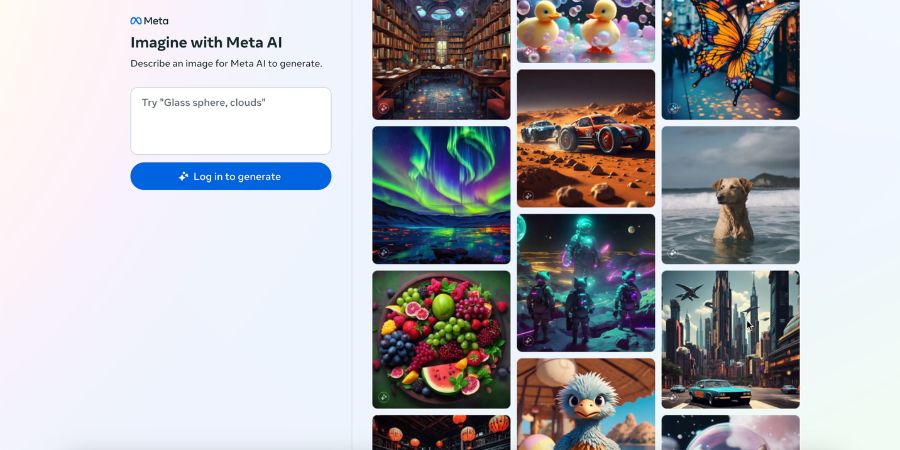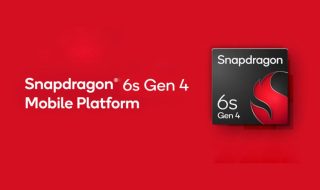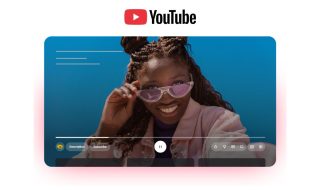In a strategic move to compete with Google’s Gemini launch, Meta has introduced a groundbreaking AI-driven image generator called Imagine with Meta. This standalone generative AI experience allows users to effortlessly create images by simply describing them in natural language, bringing a new level of accessibility and creativity to content generation.
Powered by Meta’s Emu image generation model, Imagine with Meta functions similarly to OpenAI’s DALL-E, Midjourney, and Stable Diffusion, producing high-resolution images from text prompts. A research paper released by Meta in September sheds light on Emu’s unique approach to creating high-quality images through a process known as “quality-tuning.” Unlike conventional text-to-image models that rely on extensive training with large sets of image-text pairs, Emu distinguishes itself by prioritizing “aesthetic alignment” post pre-training, utilizing a collection of visually appealing yet relatively small images.
The platform is currently free to use for users in the U.S., generating four images per prompt.
Also read: Best Free AI Image Generators
Meta’s blog post emphasizes the expansion of Imagine with Meta beyond chats, stating, “While our messaging experience is designed for more playful, back-and-forth interactions, you can now create free images on the web, too.”
Meta claims that it used a billion publicly visible Facebook and Instagram images to train its AI model. This tool generates four 1280×1280 pixel images that can be downloaded in JPEG format.
While the generation process offers a fun and creative outlet, it also raises questions about the responsible use of AI image synthesis and the delicate balance between amusement and concern in an evolving technological landscape. Given Meta’s past issues with image generation tools, such as the racially biased AI sticker generator, there are concerns about safeguards in place to prevent similar incidents. Although the tool was not available for testing before launch, Meta has committed to adding watermarks to content generated by Imagine with Meta in the coming weeks, aiming to enhance transparency and traceability.
The invisible watermarks, generated by an AI model and detectable with a corresponding model, are resilient to various image manipulations like cropping, resizing, color changes, screenshots, compression, and more. Meta plans to incorporate invisible watermarking into many of its products featuring AI-generated images, marking a significant step toward addressing transparency concerns. Meta also includes a small disclaimer on the Imagine with Meta website: “Images are and may be inaccurate or inappropriate.”
This was also necessary for the era when social media and the internet were full of deepfakes. We have already seen how Deepfakes spread misinformation during the Gaza war.
As Imagine with Meta rolls out and reaches more users, all eyes will be on Meta to ensure the effectiveness of its watermarking techniques and uphold its commitment to transparency in the increasingly complex landscape of AI-generated content.












